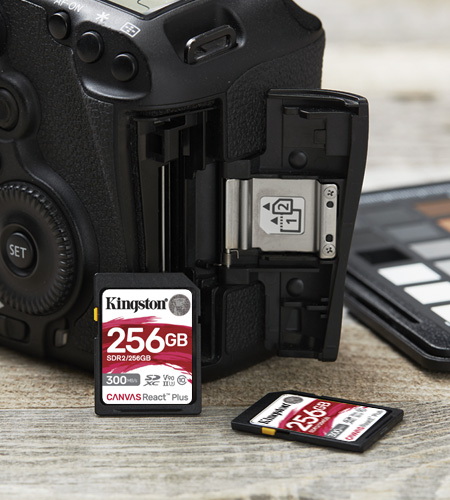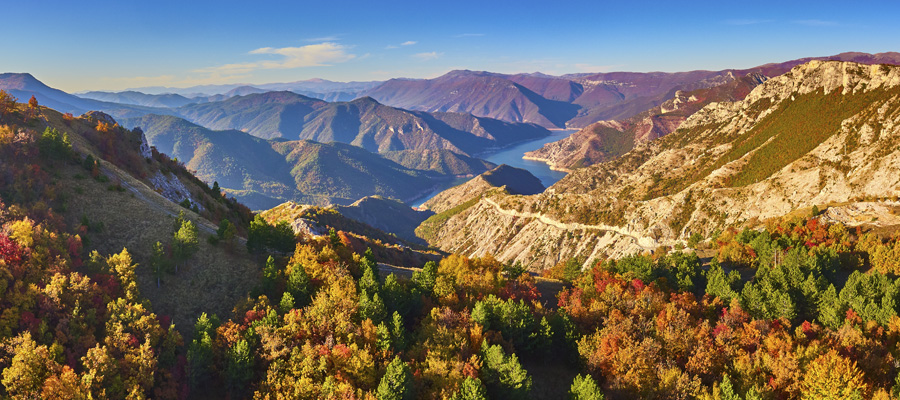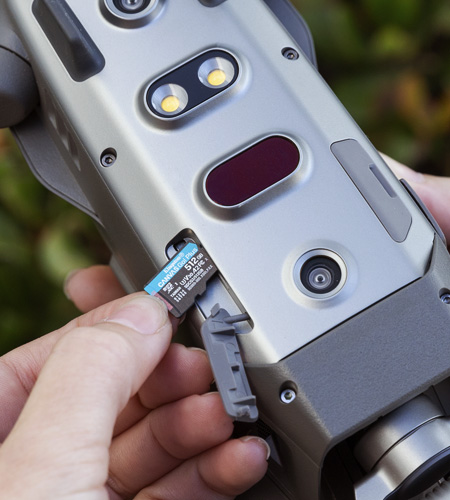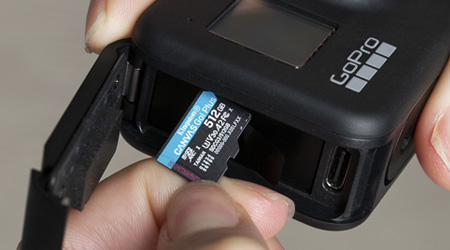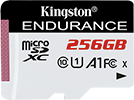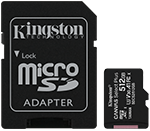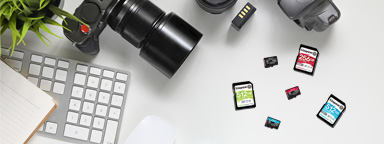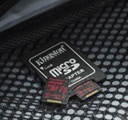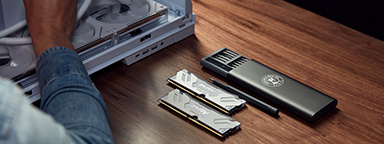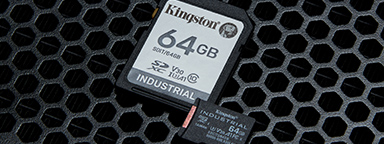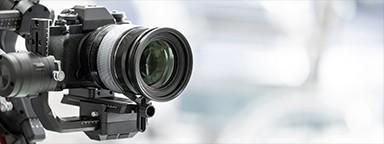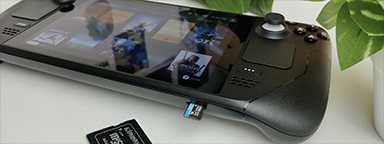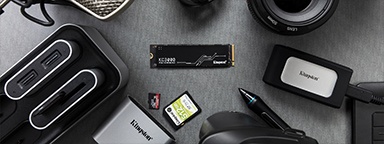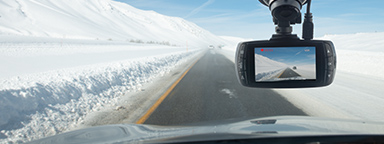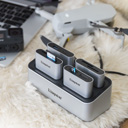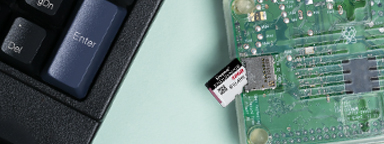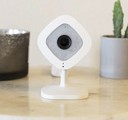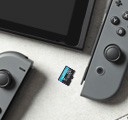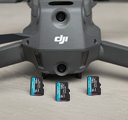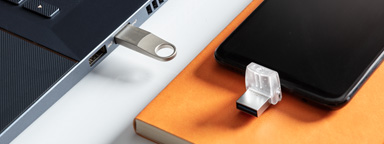The important factors in choosing a memory card are speed, capacity and the type of device you’re using it in. Having the most capacity at an affordable price is ideal, but it’s also important to have a memory card that has a fast enough write speed to capture all your footage without any errors. Depending on your needs and usage, you’ll want to think about choosing the memory card with the correct format.
Megabits vs megabytes
The first aspect that may cause confusion is the difference between megabits and megabytes. MB/s means megabytes per second while Mb/s means megabits per second. At times, they’re also written as “MBps” and “Mbps”, as if the difference between the two wasn’t already confusing enough.
To put it more simply, get rid of the “mega” and just focus on bits and bytes. 1 byte is made up of 8 bits. So 1MB/s = 8Mb/s. This is important because some camera manufacturers will indicate their cameras’ video data rates in megabits rather than megabytes.
For example, Sony’s a7S III mirrorless camera has a 4K video data rate of 600 megabits per second (Mb/s). If you were looking for an SD card to use in the a7S III, you might think that you need a memory card with a sustained write speed of 600 megabytes per second (MB/s) when really the video data rate is referring to the speed in bits rather than bytes.
To determine what the video data rate is in megabytes, some simple math is required to calculate the conversion from bits to bytes. Since 1 byte is made up of 8 bits, simply take the number of bits and divide it by 8. 600 divided by 8 is 75 meaning 600Mb/s is really 75MB/s which is a lot slower than you initially thought. In the end, you would need an SD card that can sustain a minimum write speed of 90MB/s.


